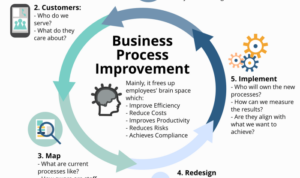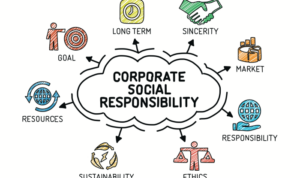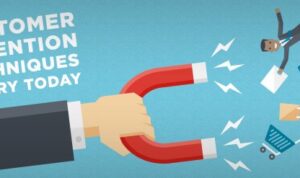Developing a Customer Retention Plan dives into the essential aspects of retaining customers in a dynamic market, offering insights and tips to help businesses thrive.
From understanding customer behavior to implementing loyalty programs, this guide is your go-to resource for boosting customer retention.
Understanding Customer Retention
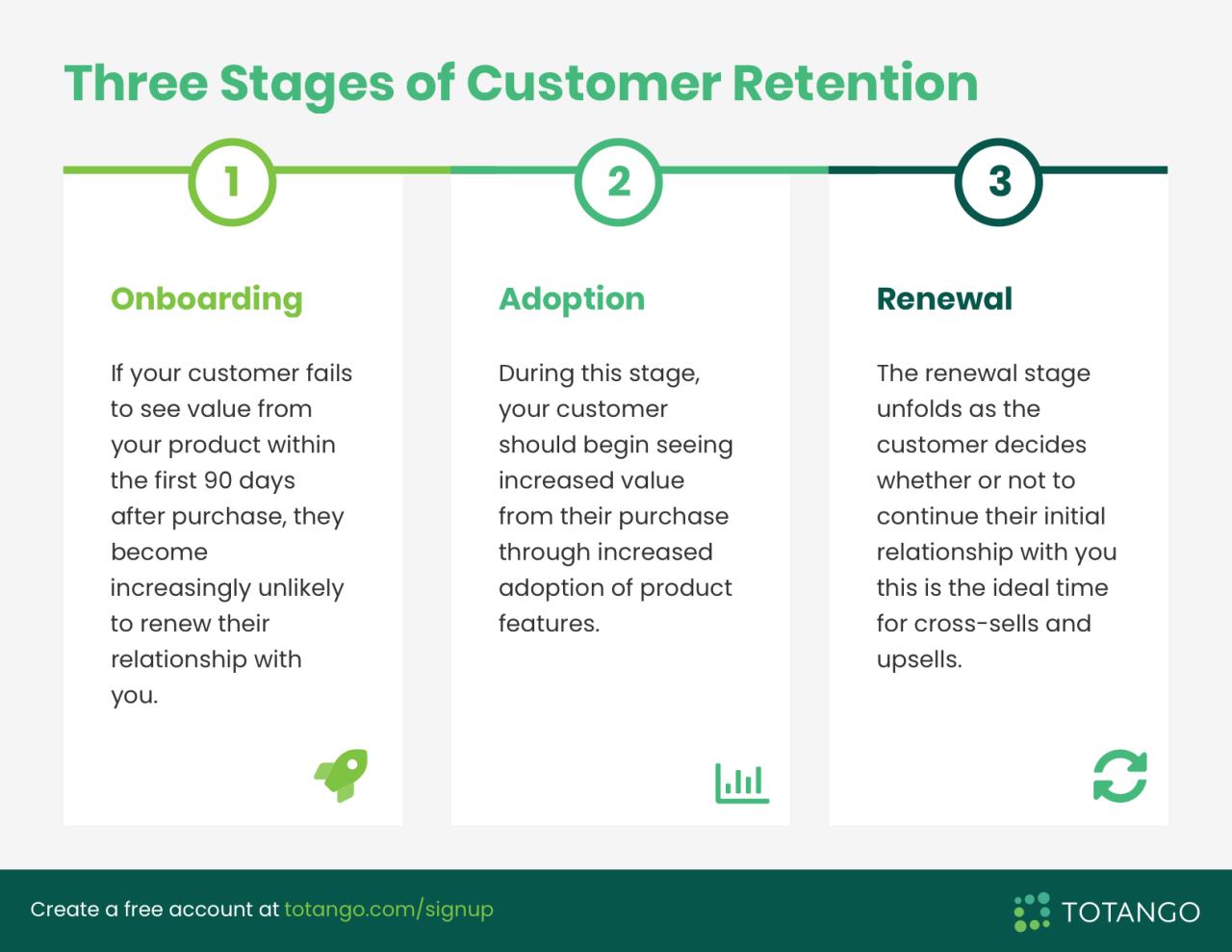
Customer retention is crucial for businesses as it focuses on keeping existing customers loyal and engaged, ultimately leading to repeat purchases, positive word-of-mouth, and long-term revenue growth. It is more cost-effective to retain current customers than to acquire new ones, making it a key strategy for sustainable business success.
Difference Between Customer Retention and Customer Acquisition
Customer retention involves building strong relationships with existing customers to encourage repeat business, while customer acquisition is the process of attracting and converting new customers to make their first purchase. Retention focuses on loyalty and satisfaction, whereas acquisition is about expanding the customer base.
- Customer Retention Example: Amazon Prime offers exclusive benefits like free shipping, streaming services, and discounts to keep members engaged and loyal.
- Customer Acquisition Example: Netflix uses targeted advertising and personalized recommendations to attract new subscribers and convert them into paying customers.
Developing a Customer Retention Plan
When it comes to creating a customer retention plan, there are several key steps and components to consider in order to keep your customers coming back for more.
Steps Involved in Creating a Customer Retention Plan
- Conduct a thorough analysis of your current customer base to identify trends and patterns.
- Set specific goals for customer retention, such as increasing repeat purchases or improving customer satisfaction.
- Develop strategies to engage with customers on a regular basis, such as personalized communication or loyalty programs.
- Implement feedback mechanisms to gather insights from customers and make improvements accordingly.
Key Components of a Customer Retention Plan
- Customer Segmentation: Divide your customers into different segments based on behavior, preferences, or demographics.
- Personalization: Tailor your communications and offers to meet the individual needs of each customer.
- Customer Experience: Focus on providing a seamless and enjoyable experience at every touchpoint.
- Reward Programs: Implement loyalty rewards or incentives to encourage repeat purchases.
Tips for Setting Realistic Goals in a Customer Retention Plan
- Define clear and measurable objectives that align with your overall business goals.
- Consider past performance and industry benchmarks when setting retention targets.
- Break down larger goals into smaller milestones to track progress effectively.
- Regularly review and adjust goals based on feedback and performance metrics.
Analyzing Customer Behavior: Developing A Customer Retention Plan
Analyzing customer behavior is crucial for developing a successful customer retention plan. By understanding how customers interact with your business, you can identify patterns, preferences, and pain points that can help you tailor your strategies to keep them coming back.
Data-driven insights play a significant role in understanding customer preferences. By collecting and analyzing data on customer behavior, such as purchase history, website interactions, and feedback, businesses can gain valuable insights into what drives customer loyalty and satisfaction. This data can help in creating personalized experiences, targeted marketing campaigns, and loyalty programs that resonate with customers.
Tools and Technologies for Analyzing Customer Behavior
- Customer Relationship Management (CRM) software: CRM platforms like Salesforce, HubSpot, and Zoho CRM help businesses track customer interactions, manage leads, and analyze customer data to improve retention strategies.
- Analytics tools: Tools like Google Analytics, Mixpanel, and Adobe Analytics provide valuable insights into customer behavior on websites, mobile apps, and other digital platforms.
- Social media listening tools: Platforms like Hootsuite, Sprout Social, and Brandwatch allow businesses to monitor social media conversations, sentiment, and trends to understand customer preferences and concerns.
- Surveys and feedback tools: Tools like SurveyMonkey, Typeform, and Qualtrics enable businesses to gather feedback from customers, measure satisfaction levels, and identify areas for improvement in the customer experience.
Implementing Customer Loyalty Programs
Implementing customer loyalty programs is crucial for enhancing customer retention. By offering incentives and rewards to loyal customers, businesses can foster long-term relationships and encourage repeat purchases.
Benefits of Customer Loyalty Programs
- Increased customer retention rates
- Higher customer lifetime value
- Enhanced brand loyalty
- Word-of-mouth marketing through satisfied customers
Types of Customer Loyalty Programs, Developing a Customer Retention Plan
There are various types of customer loyalty programs that can be included in a retention plan:
- Points-Based Programs: Customers earn points for purchases that can be redeemed for rewards or discounts.
- Tiered Programs: Customers move up levels based on their spending, unlocking exclusive benefits at each tier.
- Discount Programs: Offering discounts or special promotions exclusively to loyal customers.
- Referral Programs: Rewarding customers for referring new business.
Measuring Effectiveness of Customer Loyalty Programs
It is essential to measure the effectiveness of customer loyalty programs to ensure they are achieving the desired results. Key metrics to consider include:
- Customer Retention Rate: The percentage of customers who continue to do business with the company over a specific period.
- Repeat Purchase Rate: How frequently customers make repeat purchases.
- Customer Lifetime Value: The total revenue a business can expect from a customer throughout their relationship.
Personalizing Customer Interactions
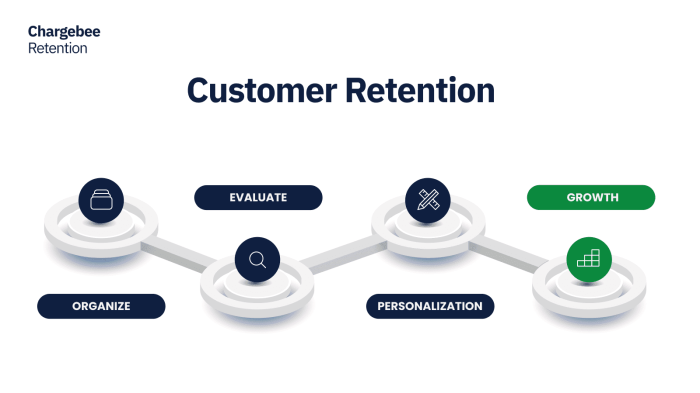
Personalizing customer interactions is crucial for enhancing customer retention. By tailoring experiences to meet the individual needs and preferences of each customer, businesses can foster a stronger emotional connection and build long-lasting relationships. This can lead to increased customer loyalty and repeat business.
Importance of Personalization
- Customizing communication: Addressing customers by their names and sending personalized messages can make them feel valued and appreciated.
- Offering personalized recommendations: Analyzing customer data to provide tailored product suggestions can enhance the overall shopping experience.
- Rewarding loyalty: Implementing personalized loyalty programs that offer exclusive rewards based on individual purchase histories can incentivize repeat purchases.
Examples of Personalized Interactions
- Amazon: Utilizes customer purchase history to offer personalized product recommendations and targeted marketing campaigns.
- Netflix: Personalizes content recommendations based on viewing history and user preferences to enhance the streaming experience.
- Starbucks: Implements a loyalty program that rewards customers with personalized offers and discounts tailored to their preferences and purchase behavior.
Handling Customer Feedback
Customer feedback plays a crucial role in improving customer retention by providing valuable insights into their experience with the products or services offered. It helps businesses understand what customers like or dislike, allowing them to make necessary adjustments to meet their needs and expectations.
Collecting and Analyzing Feedback
- Utilize surveys, feedback forms, and online reviews to gather feedback from customers.
- Implement tools like Net Promoter Score (NPS) to measure customer satisfaction and loyalty.
- Analyze feedback data regularly to identify trends, common issues, and areas for improvement.
Responding to Feedback
- Respond promptly to all feedback, whether positive or negative, to show customers that their opinions are valued.
- Express gratitude for positive feedback and address any concerns or issues raised in negative feedback.
- Offer solutions or compensation when necessary to resolve customer complaints and retain their loyalty.
